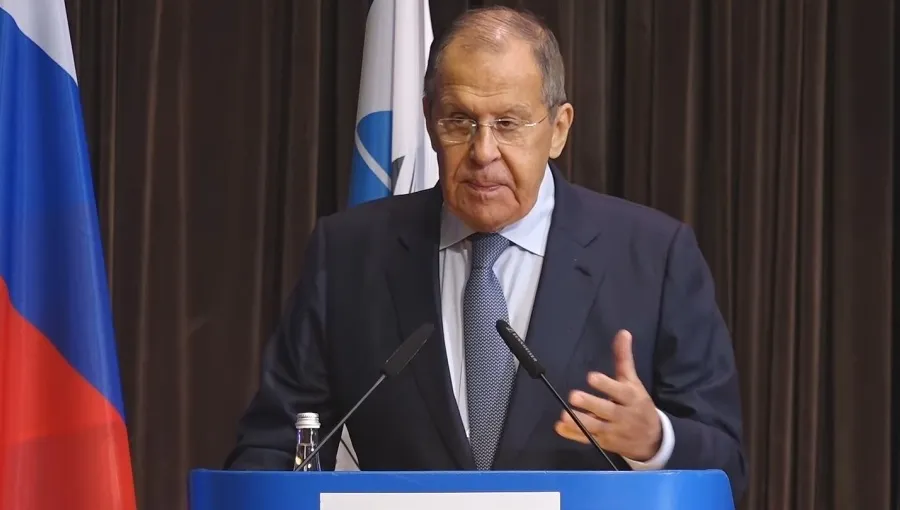Russia Confronts Expanding US Influence in Central Asia's Trade Landscape

Russia's Concerns Over US Economic Expansion
Russia’s chief diplomat Lavrov has made remarks indicating a cautious acceptance of the expanding US economic role in Central Asia, particularly concerning the trade infrastructure along the Middle Corridor. As investments and collaborations increase, this transformation is not being welcomed by Russia, which sees its influence challenged.
The Dynamics of Trade in Central Asia
- Trade partnerships are evolving as US initiatives gain traction in Central Asia.
- China's involvement complicates the landscape further, leading to a competitive triangle.
- Russia's concerns highlight the strategic importance MGIMO places on the implications for regional stability.
Implications of US Presence
The developments in the region point to a new chapter for Central Asia, where the US seeks to rebuild its image as a significant trade partner. While Russia attempts to maintain its influence, the trade corridors are shifting, necessitating a rethink of geopolitical strategies.
Conclusion: A New Trade Era?
As Russia grapples with these changes, the region’s trade landscape is poised for transformation. The interplay between Russia, China, and the US will define Central Asia's economic future.
This article was prepared using information from open sources in accordance with the principles of Ethical Policy. The editorial team is not responsible for absolute accuracy, as it relies on data from the sources referenced.